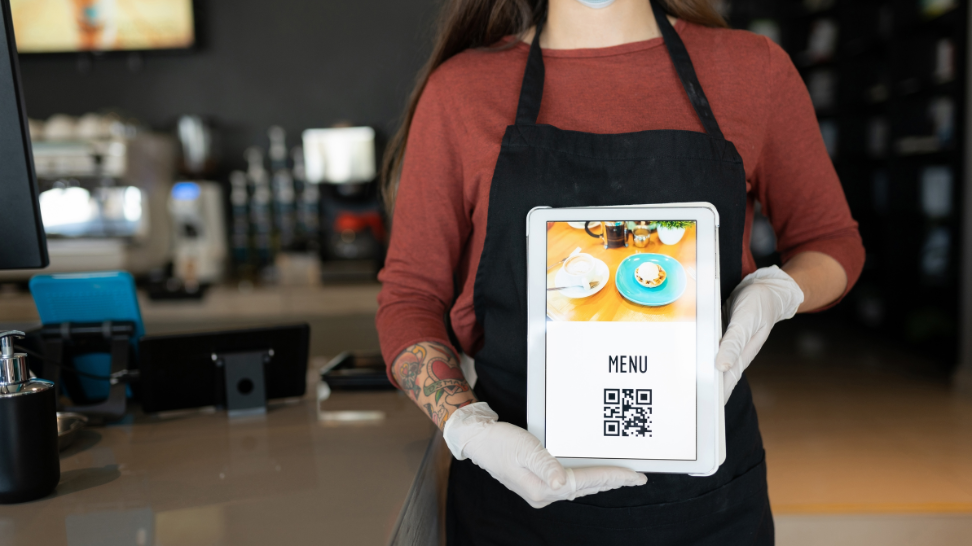
The world is changing, and the resilience of the hospitality industry is being tested. To keep up, the industry needs to continue to innovate and explore new options for the most basic functions of hospitality. This toolkit is designed to give you some ideas and provide examples of ways other hoteliers and restaurateurs are changing their service models.
To unlock this members-only content…
For members:
- Click here to log in or retrieve a lost password.
- If you do not have login credentials, request members-only access here.
- If you have trouble with the lost password function, reach out to our tech team here.
For non-members:
- If you would like to become a member and gain access to all the exclusive information and resources the Washington Hospitality Association has to offer, reach out to our membership team here.
